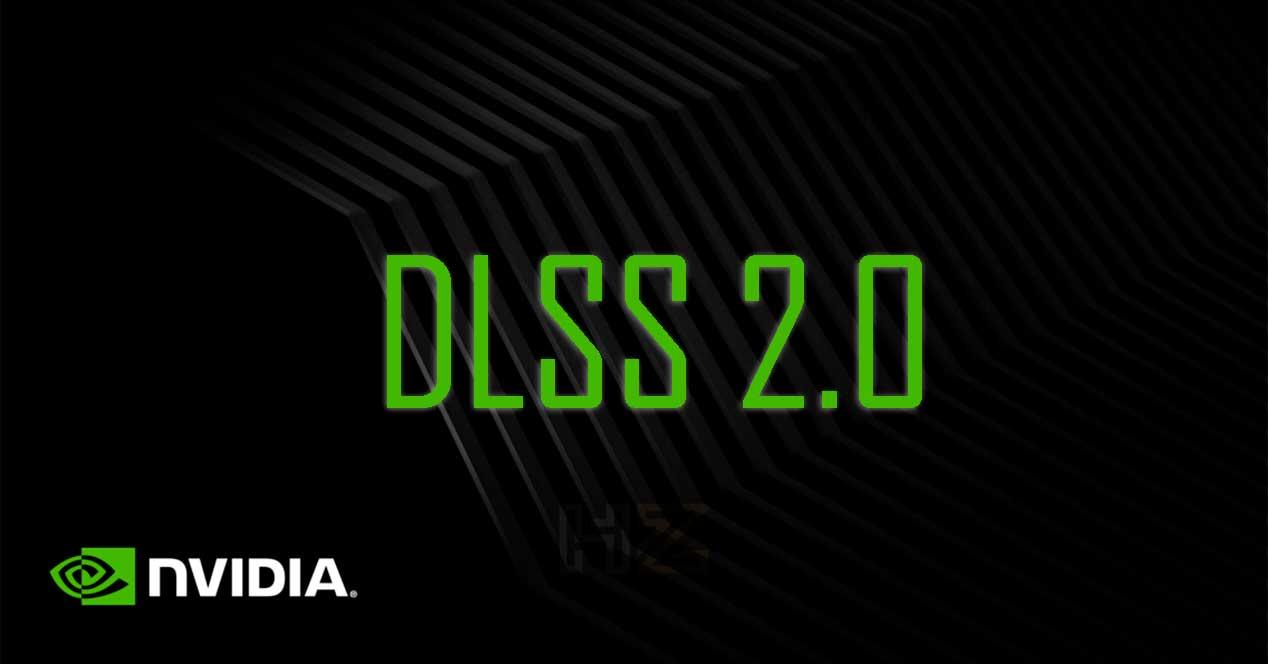Image quality is important, especially when you’ve spent hundreds or thousands of dollars on a gaming PC that you obviously expect performance. The more money you spend, the more performance you expect, but unfortunately not everyone can afford to spend that much money on a PC. Users often go years without updating our platform, and over time graphics that cost you hundreds of dollars will no longer be able to displace current games.
What is DLSS and how does it work?
As we have already said, we will not go into technical details as we have done this in the past (you can search the related articles on the web), but DLSS presents itself as a compromise between graphics quality and performance for all types of PC, as it takes lower resolution images and enhances them to higher visual quality, which makes gaming better with less impact on performance.
Running games at high resolution requires a powerful graphics card, which often means that in combination with all the hardware you will have spent over a thousand dollars. DLSS is a feature designed by NVIDIA with gamers on a budget in mind, and like we said, it takes a lower resolution image than what we see on the screen, resizes it and makes it look better. The result is not that it improves the picture, but that we see almost the same as with the graphics setting at maximum but with less impact on performance.
For example, a game could be rendered at 1080p resolution and take advantage of DLSS to resize the image to 1440p or even 4K resolution. DLSS exposes the software to playback, and over time this software creates an information base from which to reconstruct the appearance of the image on the screen at a higher resolution.
What do you need to take advantage of DLSS technology?
For now, the only graphics card maker that uses DLSS technology is NVIDIA, and that was actually their flagship feature when the RTX 2000 series graphics were released in 2018. Therefore, all graphics in the RTX 2000 and 3000 series of the brand have this technology and it is precisely what you will need to be able to take advantage of it.
You should keep in mind that DLSS is only available in certain games and the compatibility with the feature is entirely up to the developer of those games. So while this technology may be quite appealing to gamers on a budget, you should understand that it is still in the early stages of industry support and not all games benefit from it.
DLSS vs. other sharpening techniques
There are several image sharpening techniques besides DLSS that are already used in games, with anti-aliasing and ray tracing currently being the two most common. Anti-aliasing is essentially an anti-aliasing method for jagged edges on subject lines and is essential for producing sharper, smoother images. There are two types of AA, spatial and post-processed.
Spatial anti-aliasing essentially removes jagged edges and increases picture quality through the use of color sampling, and just like in DLSS, games are displayed in a higher resolution. The AA solution will find pixels that did not exist when the image had a lower resolution and apply them to the original image; once these new pixels are added, the jagged edges will have been noticeably softened.
Post-processing smoothing works by comparing pixels using an algorithm, and if it is determined that they are part of the same object, it blurs them. Making this nearly identical pixel blur also reduces jagged edges, although this method reduces image quality and sharpness. Additionally, anti-aliasing has some impact on system performance, and although most games let you choose what level you want to apply, the higher that level, the less performance you will have.
Ray Tracing, for its part, emphasizes realism by creating an in-game image based on virtual light. The basic idea is to simulate the interaction of light with virtual objects in a realistic way to create realistic visual effects; Ray tracing dramatically improves image quality to almost photorealistic levels in some cases, but it also comes at a significant cost in performance.
While anti-aliasing and ray tracing are fairly effective methods of improving image quality, both come at a cost in performance and this is where DLSS takes a clear advantage. Artificial intelligence does most of the work instead of overloading the GPU, increasing performance rather than decreasing it. In addition, it provides a more consistent gaming experience, especially on low-end or older hardware.












